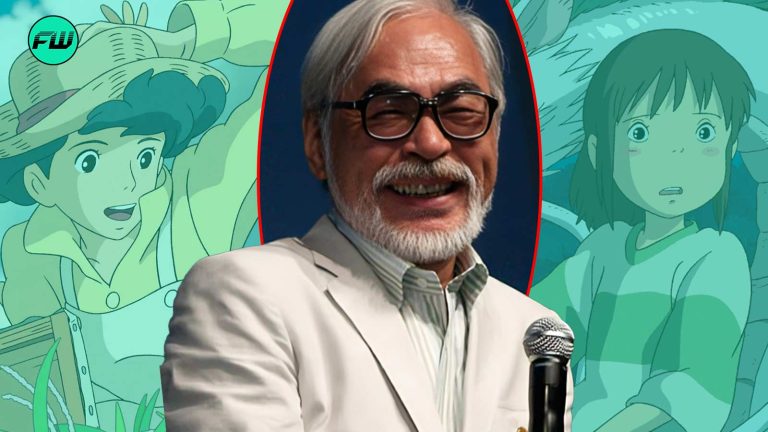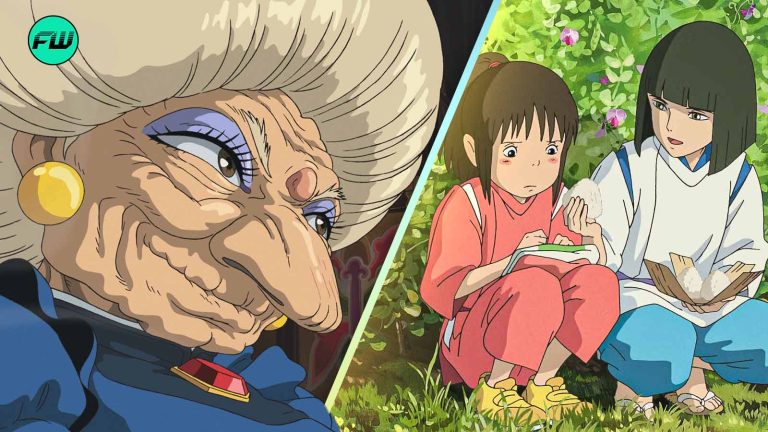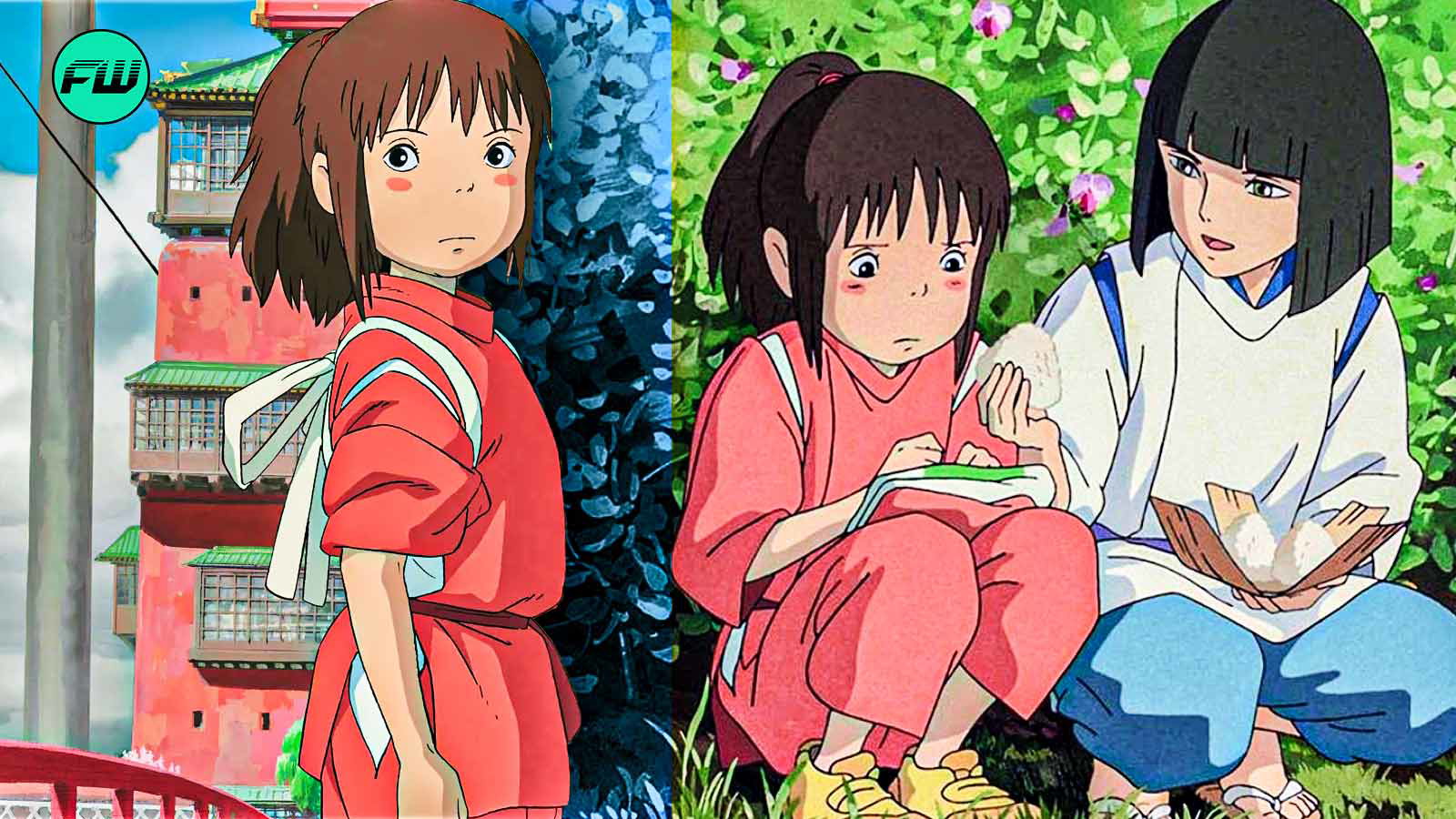
Hayao Miyazaki’s Princess Mononoke is widely regarded as one of Studio Ghibli’s most ambitious and visually stunning films. Released in 1997, it was a groundbreaking achievement in animation, storytelling, and environmental commentary. Yet, despite its brilliance, it often takes a backseat to Spirited Away (2001), which won the Academy Award for Best Animated Feature and became a global sensation.
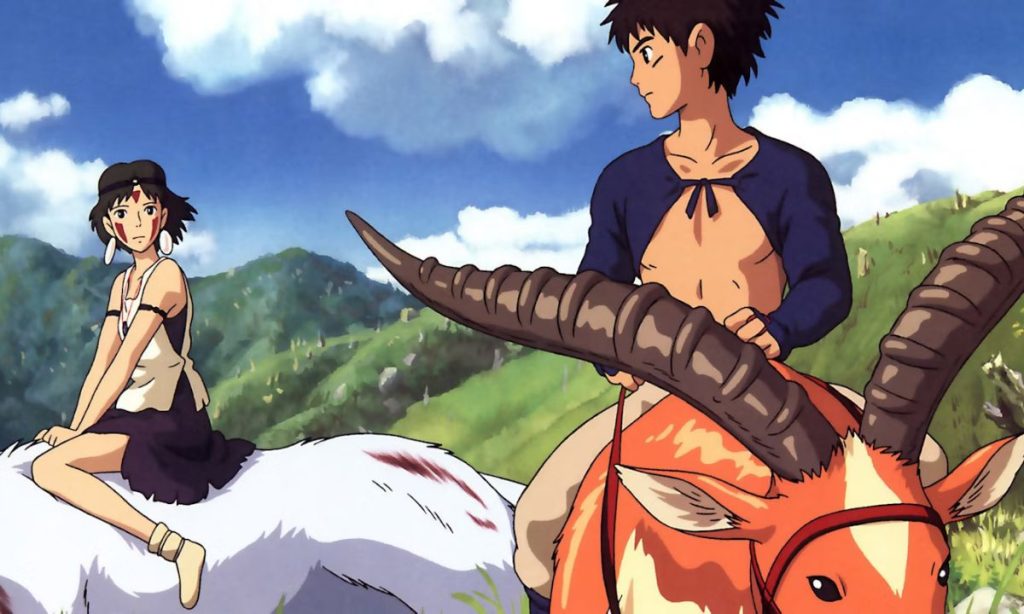
For many fans, this disparity in recognition feels very odd. Princess Mononoke is a morally complex film with breathtaking animation and a unique storyline that challenges traditional notions of good and evil. The question remains: then why isn’t it regarded with the same universal appeal as other Ghibli classics? Let’s find out.
Princess Mononoke: A darker, more mature storyline
One of the most defining aspects of Princess Mononoke is its mature and intricate narrative. Many people are introduced to Ghibli films as children, and the whimsical, dreamlike quality of Spirited Away makes it an easier entry point.
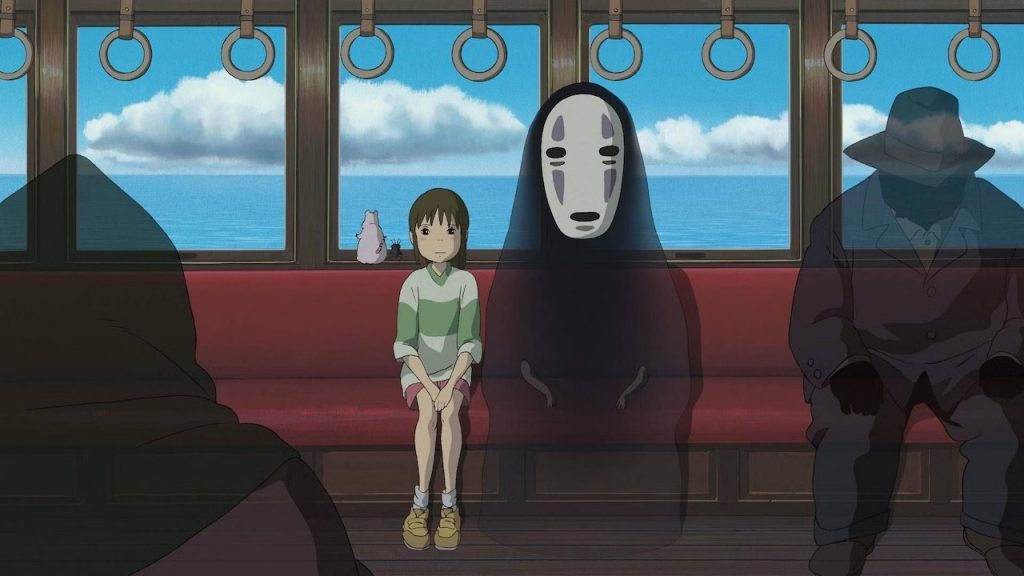
On the other hand, Princess Mononoke delves into themes of environmental destruction, human greed, and moral ambiguity. Unlike Spirited Away, which follows a young girl’s magical adventure, Princess Mononoke lacks a clear protagonist-vs-antagonist dynamic.
Comment
by from discussion
inmoviecritic
Every character, whether it be Ashitaka, Lady Eboshi, or San, has justifiable motives, making it difficult for younger audiences to identify with a single hero. This level of complexity, while brilliant, might have made it less accessible to mainstream audiences.

Another major reason the film isn’t as widely embraced as Spirited Away is its graphic violence. Hayao Miyazaki himself once admitted that he wanted Princess Mononoke to be a film for young adults rather than children.
The film doesn’t shy away from bloodshed: severed limbs, beheadings, and brutal battles stand in sharp contrast to the lighthearted and fantasy elements present in other Ghibli films.
This intentional deviation from the studio’s typical family-friendly content may have limited its audience reach, as parents were less likely to introduce it to children in the same way they would with Kiki’s Delivery Service or My Neighbor Totoro.
A different kind of Studio Ghibli masterpiece with a less conclusive ending
One of the most intriguing aspects of Princess Mononoke is its ending, but this is also what makes it less appealing to general audiences. The film leaves a lot of things unsolved, in contrast to Spirited Away, which concludes on a positive and conclusive note.
Comment
by from discussion
inmoviecritic
The resolution is bittersweet: San and Ashitaka acknowledge their differences and go their separate ways, the war between nature and humans remains unresolved, and the characters must live with the consequences of their actions.
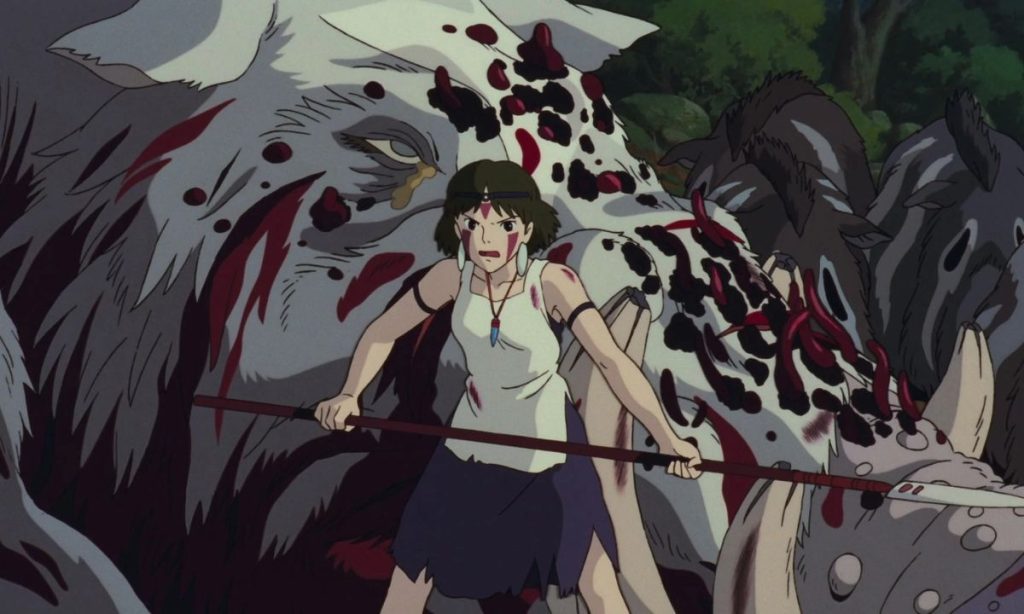
Despite being thematically appropriate, this ambiguity stands in contrast to the pleasant resolution that is frequently present in mainstream animated films. Therefore, even though Princess Mononoke may not be as widely recognized as other Ghibli classics, it remains one of Hayao Miyazaki‘s greatest thought-provoking films.
The film’s mature narrative, violent imagery, and ambiguous ending may have limited its mainstream appeal, but for those who connect with it, the film is an undeniable masterpiece. While it may not be everyone’s favorite Ghibli film, it stands as a testament to Miyazaki’s ability to craft complex, emotionally rich stories that resonate deeply with those willing to engage with its themes.
Most of the Studio Ghibli films are available to watch on Netflix.
This post belongs to FandomWire and first appeared on FandomWire
